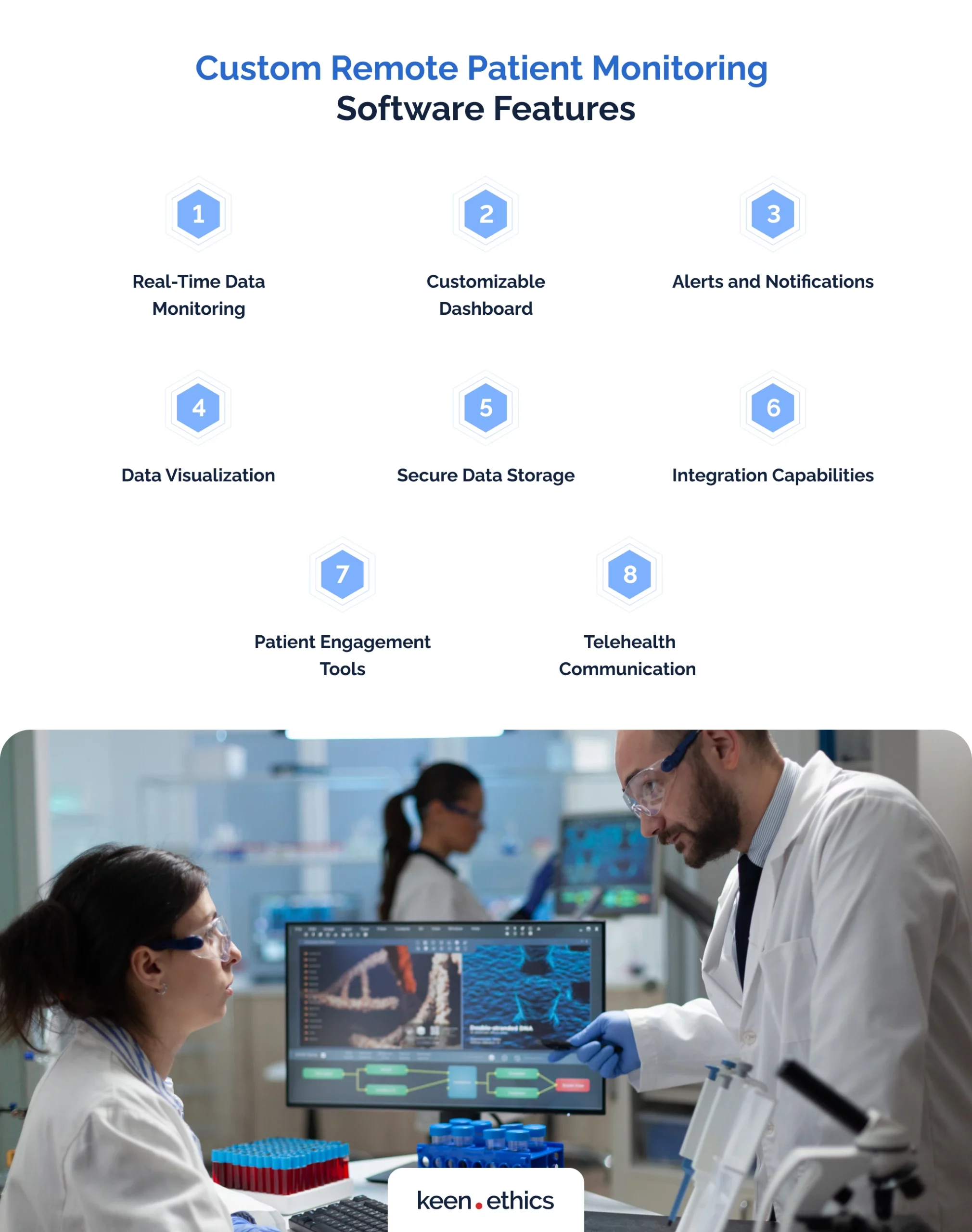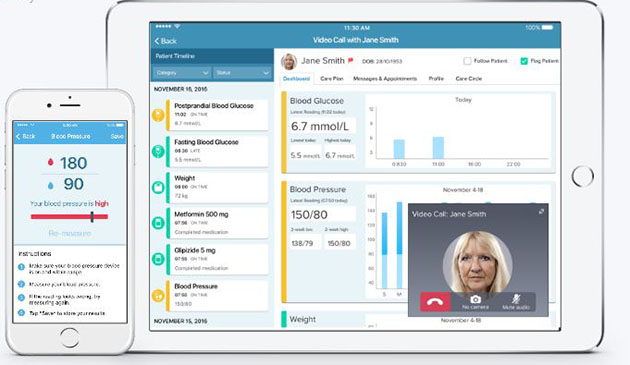The Future of Healthcare: Remote Client Monitoring Simplified
As healthcare proceeds to progress, one location that holds tremendous assurance is remote person surveillance. With an emphasis on boosting person results and simplifying healthcare delivery, remote surveillance is positioned to reinvent the industry.
Advantages of Remote Client Tracking
Remote person monitoring offers a wide range of advantages for both health care providers and patients alike. One significant advantage is the ability to continually keep an eye on people' vital indications and health information from another location. This real-time tracking makes it possible for health care carriers to detect any type of worrying modifications or fads immediately, resulting in early treatments and possibly preventing medical emergency situations. Furthermore, remote client surveillance improves the general quality of care by offering an extra thorough and alternative sight of people' wellness status beyond conventional in-person check outs.
Additionally, remote person monitoring can lead to improved individual results and fulfillment. Remote surveillance can reduce the requirement for regular healthcare facility check outs, decreasing medical care expenses for both carriers and individuals.
Technology Driving Remote Surveillance
In the realm of modern-day medical care, technical improvements play a critical role in driving the evolution and efficiency of remote patient surveillance. The combination of innovative modern technologies such as wearable devices, mobile applications, and cloud-based systems has revolutionized the means doctor from another location handle and keep an eye on patient health - remote patient monitoring platform. These innovations allow continuous real-time surveillance of vital signs, drug adherence, and other important wellness data, enabling timely treatments and personalized care strategies
One trick technology driving remote tracking is the Net of Points (IoT), which enables seamless connectivity between clinical gadgets and medical care systems. IoT tools such as smartwatches and wireless sensors accumulate and send person information to centralized platforms, helping with remote tracking from anywhere in the globe. Fabricated intelligence (AI) and artificial intelligence algorithms better enhance remote surveillance by evaluating vast amounts of person data to find patterns, predict health and wellness trends, and alert doctor to possible issues.
Effect On Medical Care Distribution
With the combination of sophisticated innovations driving remote client surveillance, the effect on healthcare distribution is coming to be significantly extensive and transformative. Remote patient monitoring enables doctor to offer even more individualized and proactive treatment to people, causing boosted health and wellness end results and lowered hospital admissions. By remotely tracking crucial indications, symptoms, and medicine adherence, health care experts can intervene early, protecting against problems and boosting the overall high quality of treatment.
Additionally, remote tracking enhances access to medical care services, specifically for individuals in country or underserved areas. Patients can obtain constant surveillance and support from their homes, getting rid of the demand for frequent in-person check outs. This not only saves time and reduces expenses for both clients and medical care centers yet also decreases the danger of direct exposure to infectious diseases, a crucial factor to consider in the present health care landscape.
Additionally, remote client tracking makes it possible for doctor to much better designate sources and prioritize care based upon real-time data. By determining risky people and intervening without delay, healthcare shipment ends up being extra effective and effective, eventually leading to a more lasting and patient-centered health care system.
Improving Person End Results

Furthermore, RPM enables positive management of persistent conditions, reducing the probability of acute worsenings and health center readmissions. Clients gain from increased convenience and comfort, as they can receive treatment in their own homes while staying connected to their healthcare providers. This continuous monitoring not only improves person satisfaction however also fosters a feeling of empowerment and involvement in their very own wellness management.
Future Trends in Remote Surveillance
Welcoming sophisticated innovations in remote individual monitoring is forming the future landscape of health care distribution. The future patterns in remote surveillance are anticipated to reinvent the way healthcare is provided, making it extra efficient and patient-centric. One significant pattern is the raised use wearable tools and sensing units to collect real-time data, making it possible for health care companies to keep an eye on clients continually without the need for constant in-person check outs. These tools can track important indicators, drug adherence, and activity degrees, providing a detailed sight of the client's health and wellness standing.

Additionally, telehealth systems are coming to be much more innovative, allowing for online consultations, remote diagnosis, and remote client checking done in one integrated system (remote patient monitoring platform). This holistic method to remote tracking is enhancing medical care distribution, enhancing patient complete satisfaction, and inevitably, boosting total top quality of treatment
Verdict
Finally, remote patient monitoring supplies numerous advantages in healthcare distribution, driven by innovations in modern technology. It has the possible to boost individual end results and change the method health care is provided. Future trends in remote monitoring will continue to form the landscape of Read Full Report medical care, giving possibilities for even more individualized and effective person treatment.
Remote client monitoring presents a multitude of benefits for both medical care providers and patients alike. In addition, remote individual surveillance improves the general quality of care by giving a more holistic and thorough sight of patients' health condition beyond typical in-person brows through.
Furthermore, remote client tracking can lead to enhanced client end results and contentment. Remote individual monitoring allows medical care suppliers to provide even more proactive and individualized a knockout post treatment to clients, leading to boosted health results and lowered medical facility admissions. Remote person monitoring (RPM) plays a considerable duty in improving client end results by providing constant, real-time information that enables health care suppliers to intervene quickly and change therapy strategies as needed.